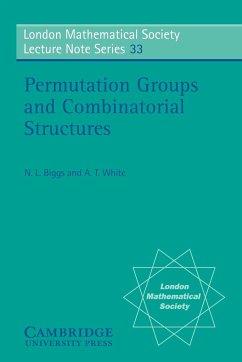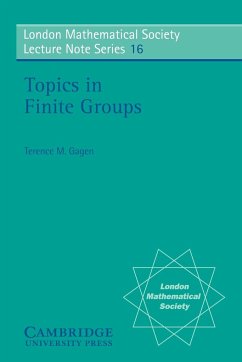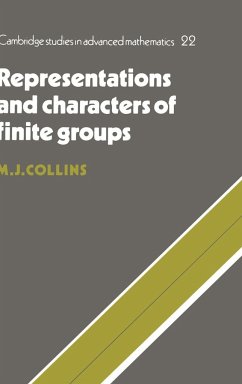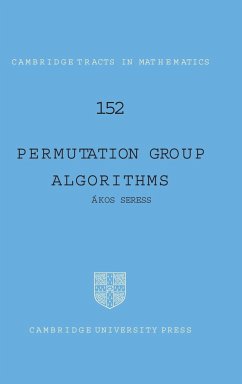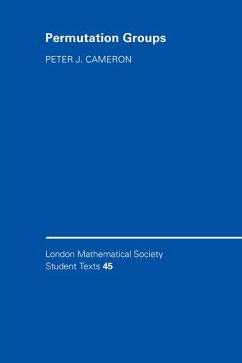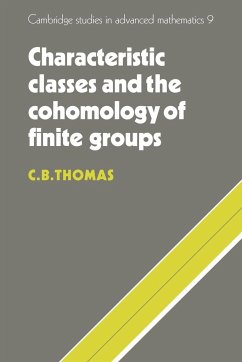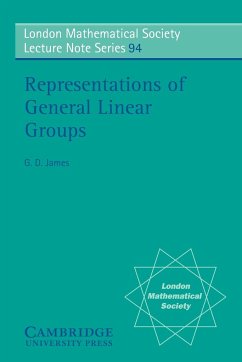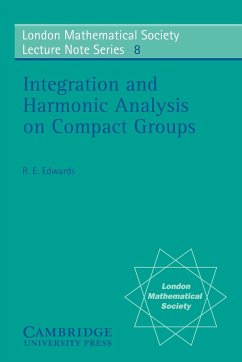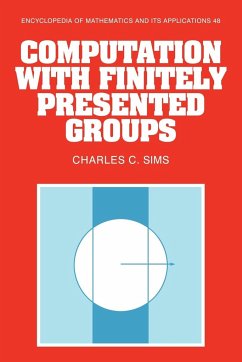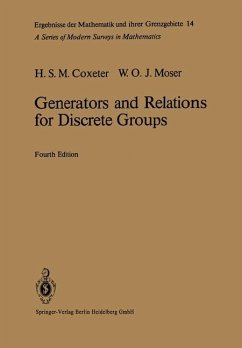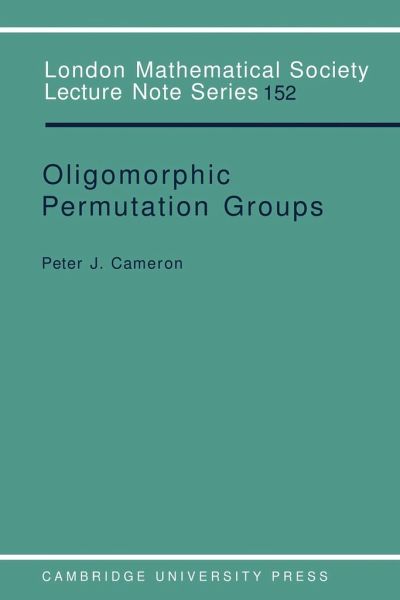
Oligomorphic Permutation Groups

PAYBACK Punkte
27 °P sammeln!
The study of permutation groups has always been closely associated with that of highly symmetric structures. The objects considered here are countably infinite, but have only finitely many different substructures of any given finite size. They are precisely those structures which are determined by first-order logical axioms together with the assumption of countability. This book concerns such structures, their substructures and their automorphism groups. A wide range of techniques are used: group theory, combinatorics, Baire category and measure among them. The book arose from lectures given a...
The study of permutation groups has always been closely associated with that of highly symmetric structures. The objects considered here are countably infinite, but have only finitely many different substructures of any given finite size. They are precisely those structures which are determined by first-order logical axioms together with the assumption of countability. This book concerns such structures, their substructures and their automorphism groups. A wide range of techniques are used: group theory, combinatorics, Baire category and measure among them. The book arose from lectures given at a research symposium and retains their informal style, whilst including as well many recent results from a variety of sources. It concludes with exercises and unsolved research problems.
Table of contents:
1. Introduction; 2. Preliminaries; 3. Examples and growth rates; 4. Subgroups; 5. Miscellaneous topics.
The study of permutations groups has always been closely associated with that of highly symmetric structures. The objects considered here are countably infinite, but have only finitely many different substructures of any given finite size. This book discusses such structures, their substructures and their automorphism groups using a wide range of techniques.
Table of contents:
1. Introduction; 2. Preliminaries; 3. Examples and growth rates; 4. Subgroups; 5. Miscellaneous topics.
The study of permutations groups has always been closely associated with that of highly symmetric structures. The objects considered here are countably infinite, but have only finitely many different substructures of any given finite size. This book discusses such structures, their substructures and their automorphism groups using a wide range of techniques.





